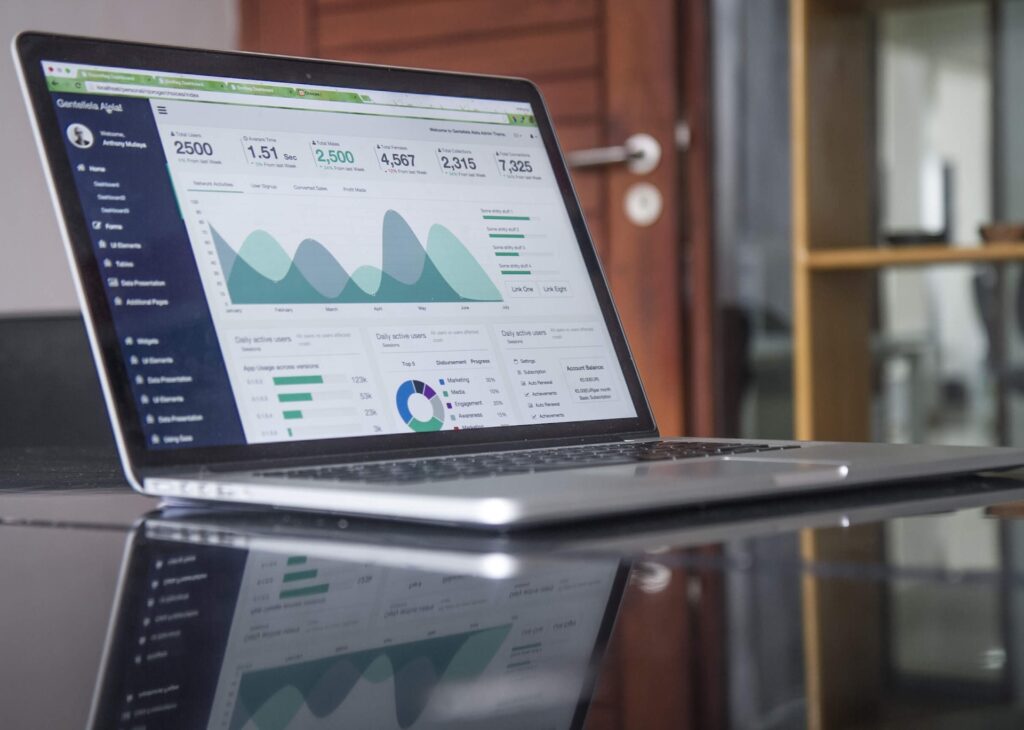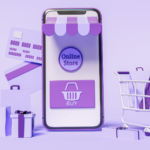
Finding Your Ideal Audience: A Guide to Targeting for Your Shopify Ecommerce Business
In the bustling world of ecommerce, where competition is fierce and attention spans are short, finding your target audience is essential. Identifying and connecting with the right audience can significantly impact the success of your Shopify ecommerce business. But how do you navigate through the vast sea of potential customers to find those who are most likely to convert into loyal buyers? In this article, we’ll walk you through a step-by-step guide on how to find your target audience and tailor your marketing efforts accordingly.
Step-by-Step Guide: Finding Your Target Audience
1. Define Your Niche The first step in targeting your audience effectively is defining your niche. What products or services does your Shopify store offer? Be specific. For instance, if you sell handmade jewelry, your niche might be “artisanal gemstone jewelry.” This clarity will help you identify the audience that resonates most with your offerings.
2. Create Buyer Personas Once you’ve defined your niche, create detailed buyer personas. These are semi-fictional representations of your ideal customers. Include demographic information like age, gender, location, and income. Go beyond demographics and delve into their interests, pain points, and shopping behaviors. This information will guide your marketing strategies and content creation.
3. Analyze Your Competitors Study your competitors’ customer base. Who are they targeting? What messaging are they using? Look for gaps or untapped segments that you can cater to. By understanding their audience, you can identify opportunities to differentiate yourself and attract a unique customer base.
@mzohaib_1 Web Site Design With elementor Using Blocksy Rate Out Of 10? @heyyaliweb @welldux @hiqbalmian @mr_hu_official #website #wordpress #trending #skills
4. Leverage Social Media Insights Social media platforms offer valuable insights into audience demographics and behavior. Use tools like Facebook Insights and Instagram Insights to understand who is engaging with your content. Analyze data on age, gender, location, and even interests. This data can refine your buyer personas and help you tailor your content to resonate with your audience.
Instagram tip:
Remember to use Instagram insights to track your marketing efforts
Instagram insights can help you establish where your content and stories are working well, and where they need a little more work to get right. pic.twitter.com/E334KnCVCT
— Saxton Marketing (@saxtonmarketing) February 28, 2023
5. Conduct Surveys and Feedback Engage with your existing customers through surveys or feedback forms. Ask about their preferences, challenges, and why they chose your store. Their insights can provide you with a deeper understanding of your target audience’s motivations and pain points.
6. Monitor Website Analytics Utilize Google Analytics or Shopify’s built-in analytics to track user behavior on your website. Discover which pages they visit, how long they stay, and where they drop off. This data can help you optimize your website’s user experience to better cater to your audience.

Conclusion
In the dynamic landscape of Shopify ecommerce, finding your target audience is akin to finding a needle in a haystack. However, with a strategic approach and a deep understanding of your niche, you can unveil the individuals who are not just interested but truly invested in what your business offers. By creating detailed buyer personas, analyzing competitors, leveraging social media insights, seeking customer feedback, and monitoring website analytics, you’ll be equipped to craft tailored marketing campaigns that resonate with your audience’s needs and desires. Remember, success lies not just in selling products but in building meaningful relationships with those who find value in what you offer. So, take the time to know your audience, and watch your Shopify ecommerce business thrive.









